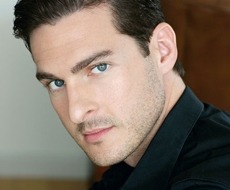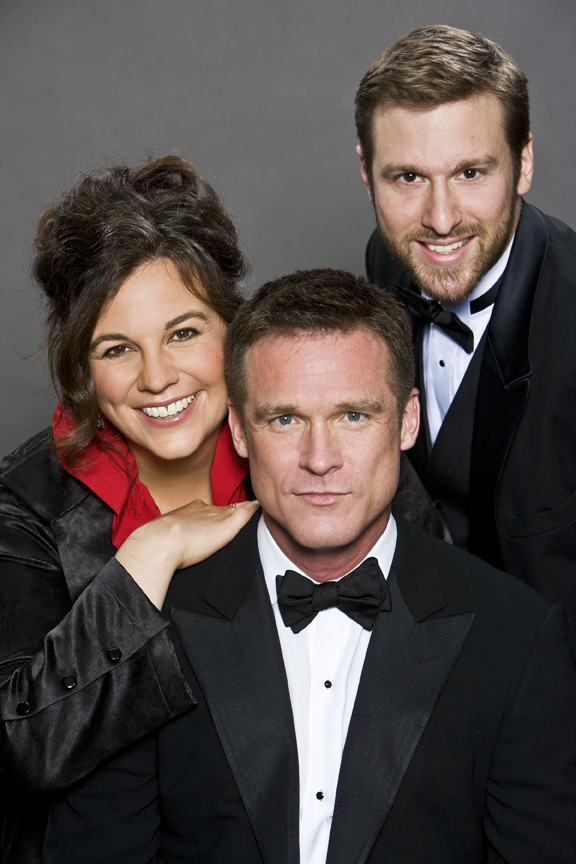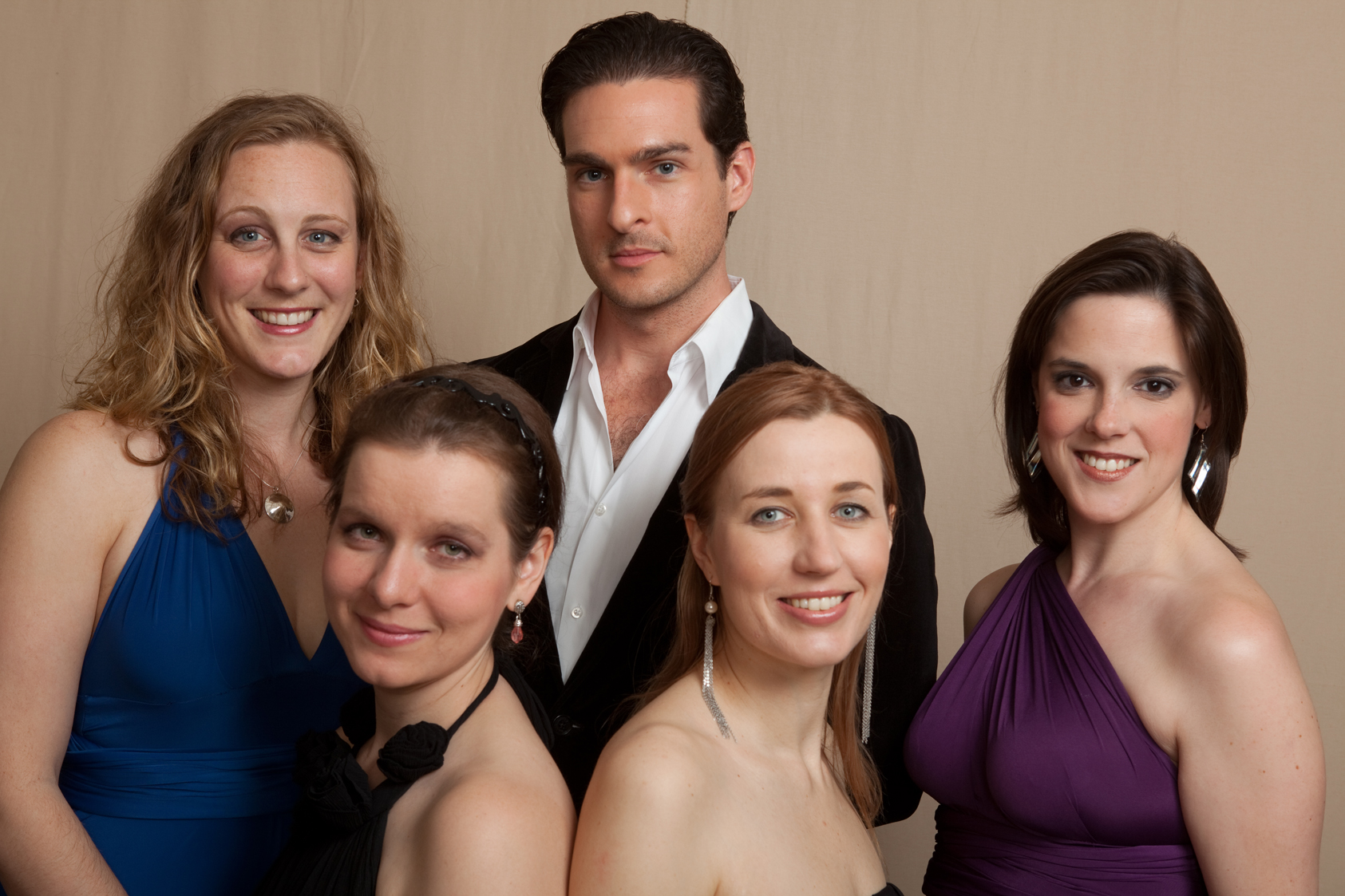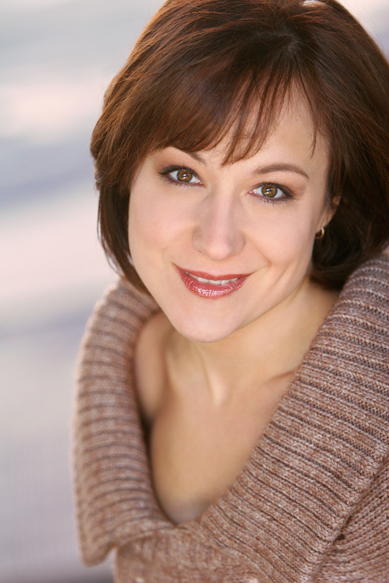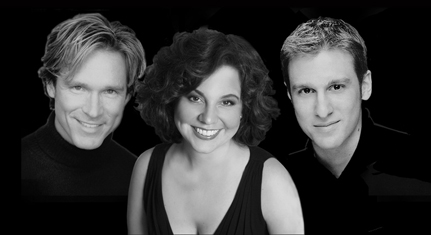A large and most enthusiastic audience was on hand for this very demanding recital by Aglaia Koras. Works spanning over 150 years of music history, from Bach to Rachmaninoff were performed. She began with Mozart’s Fantasy in D minor, K. 397. My first impression was “too romantic,” as she used lots of pedal and much rubato. The “fantasy” aspects of this piece are built in and don’t need to be exaggerated to be clear. The final D Major section, however, was played with crystalline classical clarity. My curiosity was aroused. What would happen next?
And next were two Impromptus from Schubert’s Opus 90. In the first, No.3 in G-flat Major, we heard an example of a quality of Ms Koras’ playing which, for this listener, was the most memorable aspect of the recital – her beautiful legato playing of lyrical melodies. In addition, the left hand accompaniment, which is so often the weak point in performances of works by Schubert, possessed the same clarity we heard at the end of the Mozart.
What would be Bach’s Chromatic Fantasy and Fugue in D minor be like? It was thrilling, one of the best performances I’ve heard of this work when played on the piano. In my notes I wrote of the Ms. Koras’ playing: “clear craziness.” I could have done without the exaggerated ritard at the end of the fantasy, but the fugue, which often sounds anticlimactic after the wildness which it follows, was played so that every line in the polyphonic web was clearly delineated – no mean feat. Towards the end, however, things began to rush and seemed to get out of control, a problem which returned in some of the following works.
The first half concluded with Beethoven’s “Appassionata” Sonata No.23 in F minor, Opus 57. The first and last movements suffered from rushing the already much too fast tempi. My notes said: “out of control.” So on the first half of the recital we saw both positive and negative aspects of Mr. Koras’ playing: beautiful singing legato melodies and clear passage work in both hands vs. rushing and choosing tempi which are so fast as to make everything a blur. What would the second half bring?
During the Brahms Rhapsody in B minor, Opus 79, No.1 both the good and the bad were again present: a beautifully played middle section with its soft legato melody and clear accompaniment was preceded and followed by quite a mess. The following Chopin Nocturne in C-sharp minor, Opus posthumous was beautifully played, as one would now expect of a soft, lyrical piece on this recital. This is not to infer that Ms Koras does not have the technique to play loud and fast music. To the contrary. In many of tonight’s works she showed that when she chose a tempo that remained within the parameters suggested by the structure of the music, she played forcefully with no loss of beauty in her sound or control over the clarity of the texture. In the Schubert E-flat Impromptu her finger work in rapid passages was perfect. She made a crescendo in the same Schubert that was breathtaking. But it was her choice of tempi (much too fast) and her inability to control them (rushing) that brought her to grief in the Beethoven, Brahms and in the recital’s final work, Chopin’s Sonata in B-flat minor, Opus 35. And yet, in the b section of the sonata’s funeral-march-third-movement we heard the evening’s most exquisite very, very soft and legato playing. The other movements just didn’t make sense.
Three Chopin encores (a waltz, the “Revolutionary” Etude and the Fantasy Impromptu) followed a tumultuous standing ovation.



